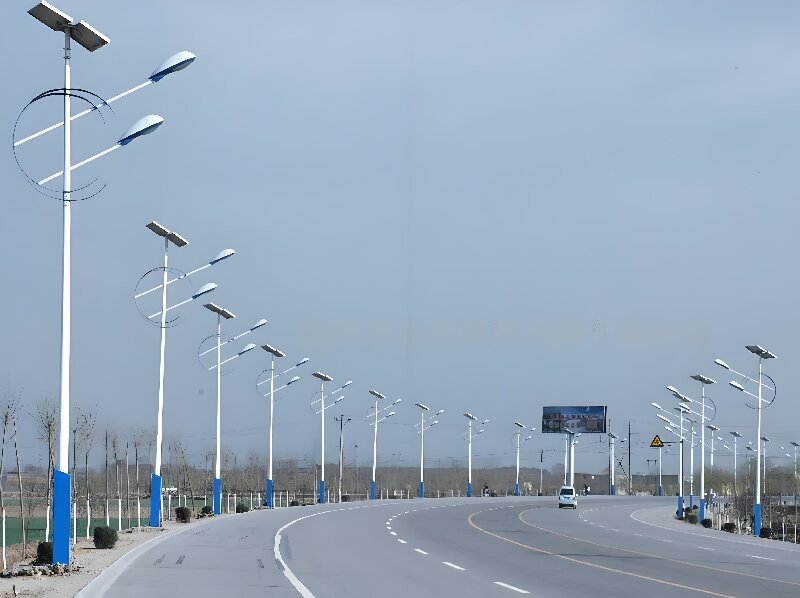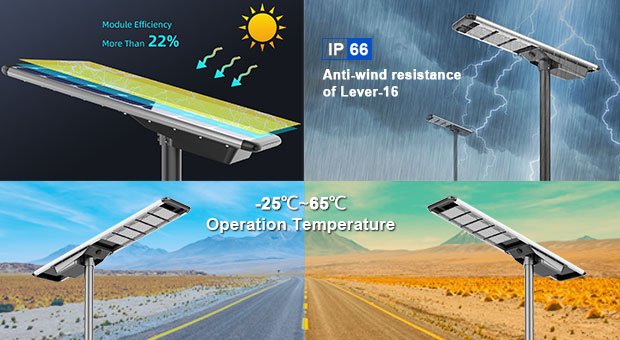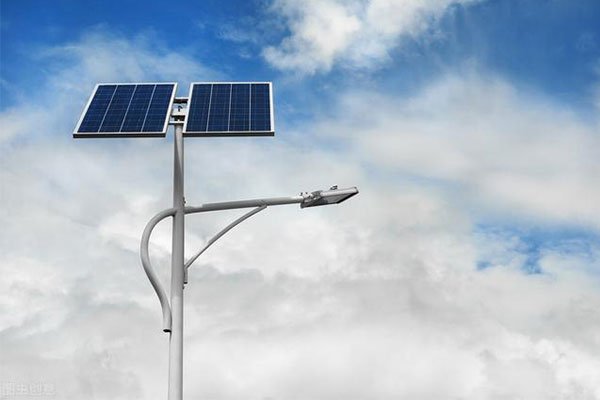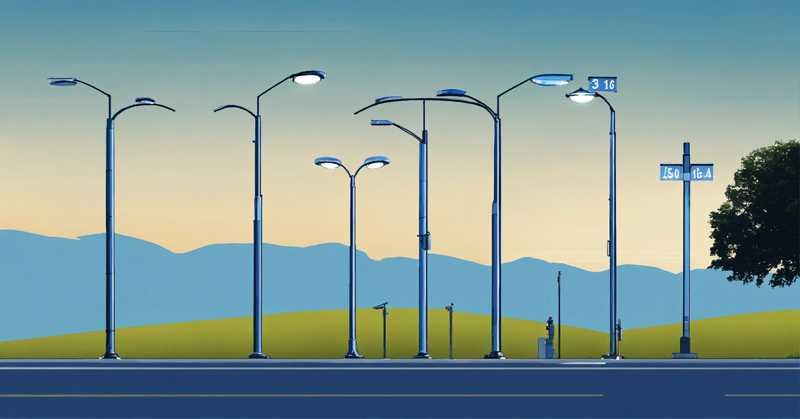Solar energy is essential for sustainable urban development. By integrating solar power into city infrastructure—such as rooftops, streetlights, and transportation—cities can reduce carbon emissions, lower energy costs, and enhance energy independence. Solar solutions help create cleaner, more resilient urban spaces, contributing to a greener future.
Introduction: The Role of Solar Energy in Sustainable Cities
- As urbanization accelerates, integrating renewable energy solutions like solar power into cities is essential for environmental sustainability.
- This article explores how solar energy can be harnessed in urban development to:
- Reduce carbon emissions
- Increase energy efficiency
- Contribute to greener, smarter cities
Key Takeaways:
- Solar energy is a critical component in sustainable urban development.
- It helps cities reduce environmental impacts and enhance their resilience.
Historical Roots of Solar Energy in Cities

Early Applications of Solar Energy:
- Ancient civilizations (e.g., Egyptians, Greeks) used solar design principles for heating and cooling.
- Solar was applied in architecture to maximize natural light and minimize the need for artificial heating.
The Rise of Photovoltaic Cells:
- In the 19th century, photovoltaic technology was developed.
- Solar panels became practical for everyday use, first in space exploration and then in residential and commercial applications.
Solar's Modern Integration in Urban Development:
- The widespread use of solar energy is a result of technological advancements over the last century.
- Solar systems now play a role in both large-scale energy production and small-scale urban applications.
Key Concepts of Solar Energy and Sustainable Urban Development

What is Solar Energy?
- Solar energy refers to converting sunlight into electricity or thermal energy.
- Photovoltaic (PV) cells convert sunlight directly into electricity.
- Solar thermal collectors convert sunlight into heat for water or space heating.
What is Sustainable Urban Development?
- Focuses on city planning that balances:
- Environmental sustainability (reducing the environmental footprint)
- Economic viability (cost-effective solutions)
- Social inclusivity (ensuring access to energy for all)
The Role of Solar in Urban Development:
- Solar energy can meet growing urban energy demands while:
- Reducing environmental impact
- Providing clean, renewable energy solutions
- Supporting the transition to carbon-neutral cities
| Concept | Definition |
|---|---|
| Solar Energy | Energy harnessed from sunlight via photovoltaic cells or solar thermal collectors. |
| Sustainable Urban Development | City planning that focuses on balancing economic, environmental, and social factors. |
| Renewable Energy Integration | Incorporating renewable energy sources like solar power into urban infrastructure. |
Benefits of Solar Energy in Sustainable Urban Development

1. Reducing Carbon Emissions:
- Solar energy significantly lowers carbon emissions by replacing fossil fuel-based energy.
- It helps cities achieve carbon neutrality goals.
2. Enhancing Energy Independence:
- Solar energy provides a local, reliable source of power.
- It reduces reliance on centralized power grids and fossil fuels.
3. Long-Term Cost Savings:
- Initial installation costs are offset by long-term savings on energy bills.
- Solar systems typically pay for themselves within 5-10 years.
4. Job Creation:
- The solar industry provides new employment opportunities:
- Manufacturing
- Installation
- Maintenance of solar systems.
| Benefit | Description |
|---|---|
| Carbon Emission Reduction | Solar energy significantly reduces greenhouse gas emissions. |
| Energy Independence | Solar power offers a local, sustainable energy source. |
| Cost Savings | Over time, solar energy provides financial benefits through reduced electricity costs. |
| Job Creation | The growth of the solar industry boosts local economies. |
Key Areas for Solar Energy Integration in Urban Infrastructure

1. Solar Panels on Buildings and Roofs:
- Maximizing Solar Power Generation:
- Rooftop solar panels can convert sunlight into electricity, reducing building energy costs.
- Integrating solar panels into building designs enhances energy efficiency.
2. Solar-Powered Streetlights and Public Infrastructure:
- Smart Cities:
- Solar-powered streetlights reduce electricity consumption and maintenance costs.
- They can be installed in public spaces to contribute to urban sustainability.
3. Solar-Powered Transportation Systems:
- Sustainable Mobility:
- Solar energy can power electric buses, charging stations, and other public transport systems.
- This helps reduce the urban carbon footprint.
| Application Area | Benefit |
|---|---|
| Rooftop Solar Panels | Generates clean energy, reduces grid dependency, and enhances building energy efficiency. |
| Solar-Powered Streetlights | Reduces energy consumption, maintenance costs, and contributes to urban sustainability. |
| Solar-Powered Transportation | Reduces emissions, enhances public transport systems, and contributes to greener cities. |
Challenges and Considerations for Solar Energy Integration

1. High Initial Costs:
- Solar systems have a high upfront cost, which can be a barrier, especially for low-income cities or countries.
- Long-term financial savings can offset initial investments, but the payback period may be too long for some budgets.
2. Grid Integration and Storage:
- Intermittent Energy Supply:
- Solar energy is only available during the day and can be affected by weather conditions.
- Energy storage solutions like batteries or hybrid systems are needed to ensure a consistent energy supply.
3. Urban Aesthetic Concerns:
- Solar panels can impact the visual appeal of urban landscapes.
- Design solutions, such as solar skins or integrated solar systems, can minimize visual impact.
| Challenge | Description |
|---|---|
| High Initial Costs | The upfront cost of solar energy systems can be prohibitive, though savings accumulate over time. |
| Energy Storage & Grid Integration | Solar energy's intermittent nature requires advanced storage solutions and grid management. |
| Aesthetic Concerns | Solar installations may impact city aesthetics, but innovative designs can mitigate this. |
Conclusion
Solar energy is pivotal in transforming cities into sustainable urban spaces. It reduces carbon emissions, provides cost savings, and enhances energy independence. By integrating solar power into urban infrastructure, cities can ensure a greener, more resilient future. Continued advancements in technology and government support will help make solar energy an even more viable solution for sustainable development.
Call to Action:
- Governments, businesses, and communities should prioritize the integration of solar energy in urban planning to foster long-term sustainability and resilience.







